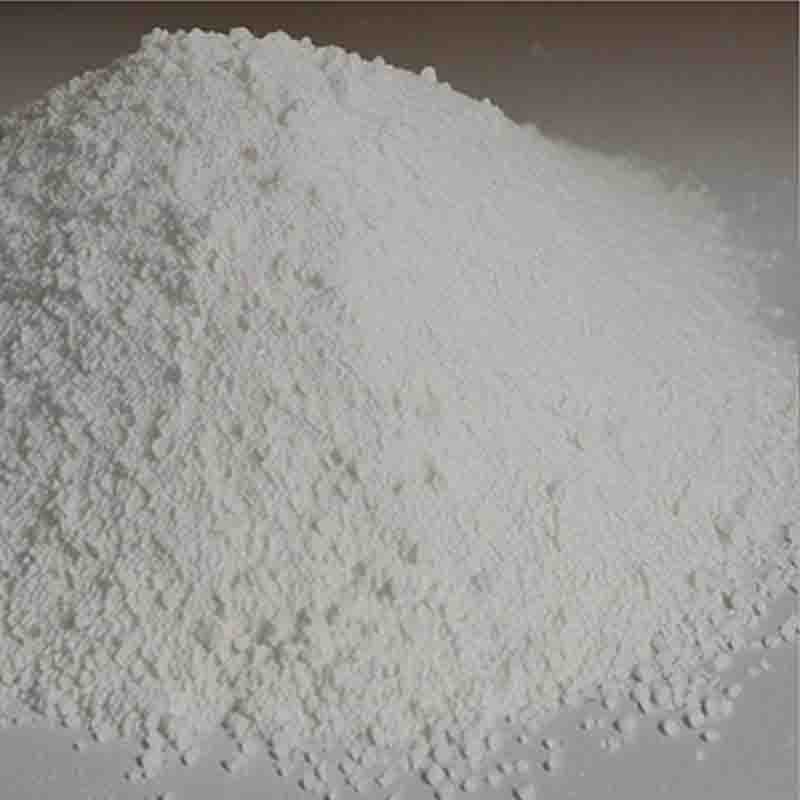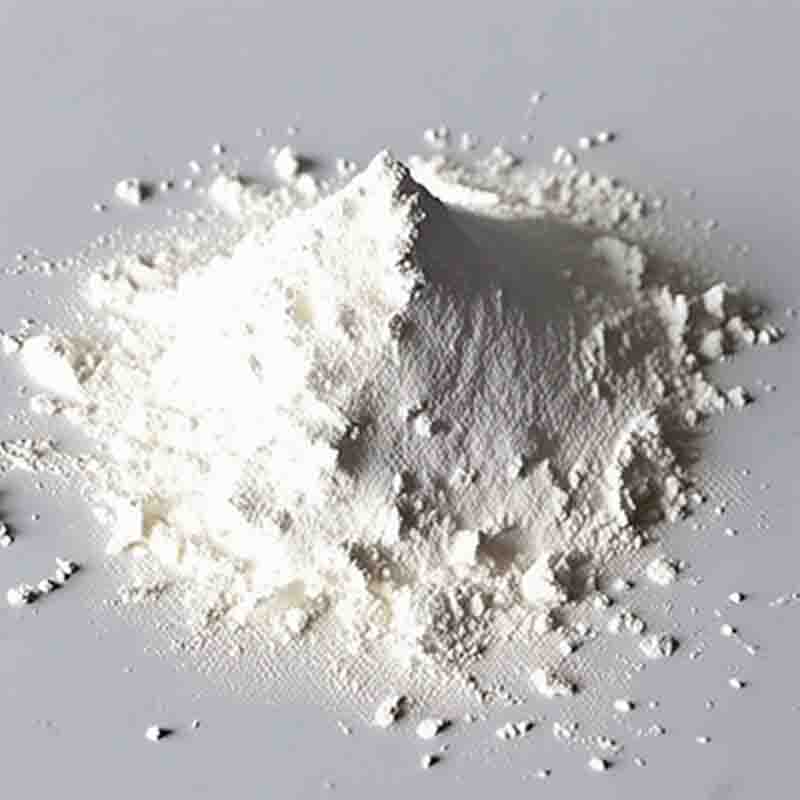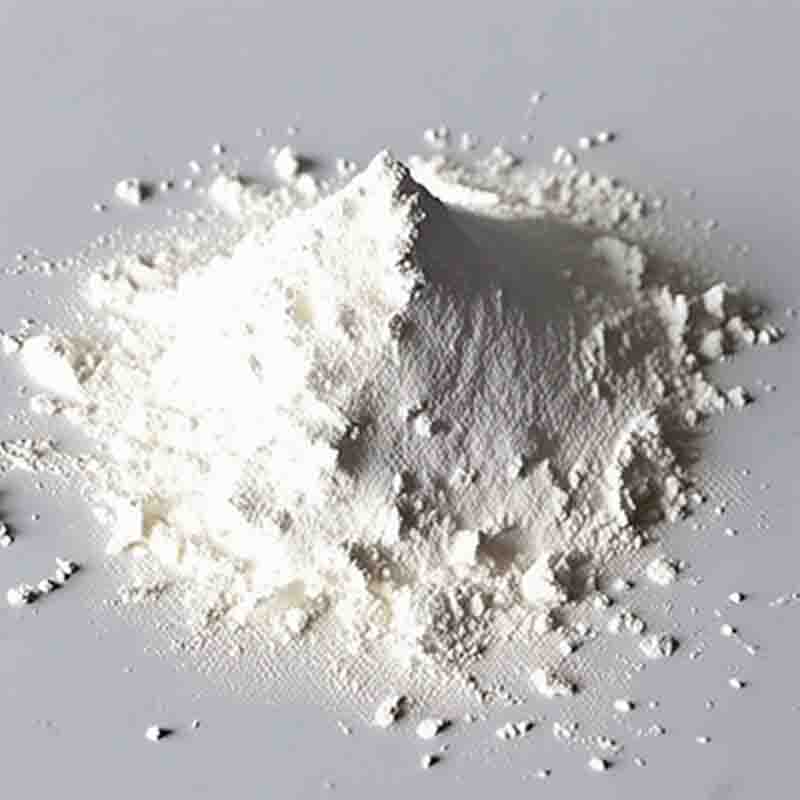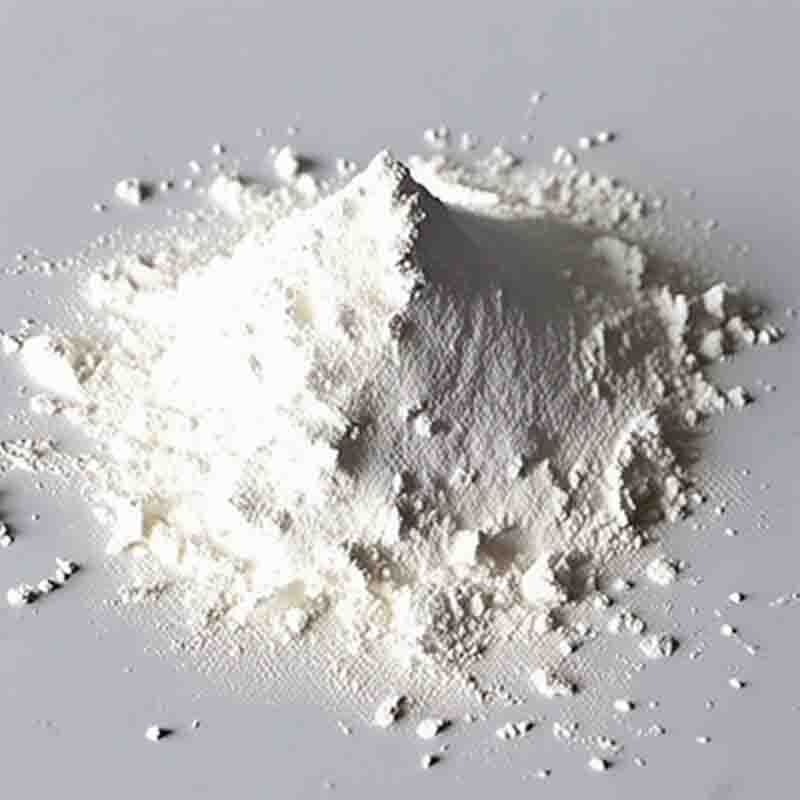4-[6-[[6-(1-Butoxyvinyl)-8-cyclopentyl-5-methyl-7-oxo-7,8-dihydropyrido[2,3-d]pyrimidin-2-yl]amino]pyridin-3-yl]piperazine-1-carboxylic acid tert-butyl ester CAS: 866084-31-3
| Catalog Number | XD93801 |
| Product Name | 4-[6-[[6-(1-Butoxyvinyl)-8-cyclopentyl-5-methyl-7-oxo-7,8-dihydropyrido[2,3-d]pyrimidin-2-yl]amino]pyridin-3-yl]piperazine-1-carboxylic acid tert-butyl ester |
| CAS | 866084-31-3 |
| Molecular Formula | C33H45N7O4 |
| Molecular Weight | 603.75 |
| Storage Details | Ambient |
Product Specification
| Appearance | White powder |
| Assay | 99% min |
4-[6-[[6-(1-Butoxyvinyl)-8-cyclopentyl-5-methyl-7-oxo-7,8-dihydropyrido[2,3-d]pyrimidin-2-yl]amino]pyridin-3-yl]piperazine-1-carboxylic acid tert-butyl ester is a complex chemical compound that shows potential for various applications in medicinal chemistry, particularly in the field of drug development.The compound's unique structure presents several interesting features. The presence of the piperazine and tert-butyl ester groups in the molecule suggests that it could be suitable for formulation as an oral drug. These groups improve the compound's stability, solubility, and bioavailability, making it easier to administer to patients.The compound contains a pyrido[2,3-d]pyrimidine core, which is known for its therapeutic potential in cancer treatment. The addition of the 6-(1-Butoxyvinyl), 8-cyclopentyl, and 5-methyl substituents enhances the compound's interaction with target receptors or enzymes involved in tumorigenesis. This structure modification can potentially lead to the development of selective and potent anticancer agents.The pyridin-3-yl group attached to the pyrido[2,3-d]pyrimidine scaffold further enhances the compound's pharmacological activity and selectivity. This group allows for additional interactions with target proteins, enabling more specific and tailored drug development targeting various diseases.The presence of the 7-oxo-7,8-dihydropyrido[2,3-d]pyrimidin-2-yl and amino groups in the structure suggests potential applications in antiviral research. These structural features are commonly found in compounds exhibiting inhibitory activity against viral enzymes or proteins essential for viral replication. By further modifying the molecule, scientists can explore its potential in developing novel antiviral agents against diseases such as HIV, hepatitis, or respiratory infections.Additionally, the butoxyvinyl moiety in the structure implies potential anti-inflammatory effects. This feature makes the compound interesting for treating inflammatory conditions such as rheumatoid arthritis or asthma, where the inhibition of specific pathways or signaling molecules is required.Overall, considering the compound's structural features and substituents, researchers can explore its use in developing oral drugs with anticancer, antiviral, and anti-inflammatory properties. Further chemical modifications and biological evaluations are needed to unlock its full therapeutic potential and optimize its efficacy and safety profile.


![4-[6-[[6-(1-Butoxyvinyl)-8-cyclopentyl-5-methyl-7-oxo-7,8-dihydropyrido[2,3-d]pyrimidin-2-yl]amino]pyridin-3-yl]piperazine-1-carboxylic acid tert-butyl ester CAS: 866084-31-3 Featured Image](https://cdn.globalso.com/xdbiochems/白色粉末2287.jpg)
![4-[6-[[6-(1-Butoxyvinyl)-8-cyclopentyl-5-methyl-7-oxo-7,8-dihydropyrido[2,3-d]pyrimidin-2-yl]amino]pyridin-3-yl]piperazine-1-carboxylic acid tert-butyl ester CAS: 866084-31-3](https://cdn.globalso.com/xdbiochems/粉末330.jpg)





